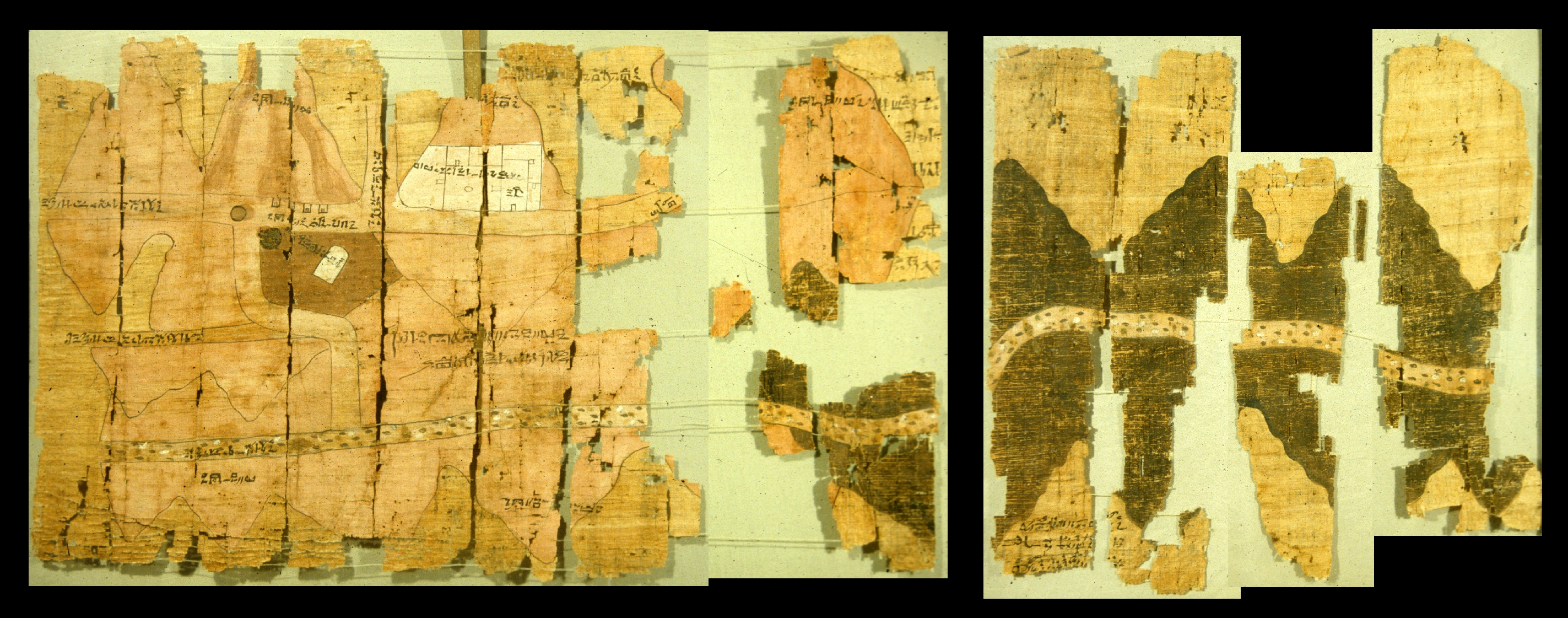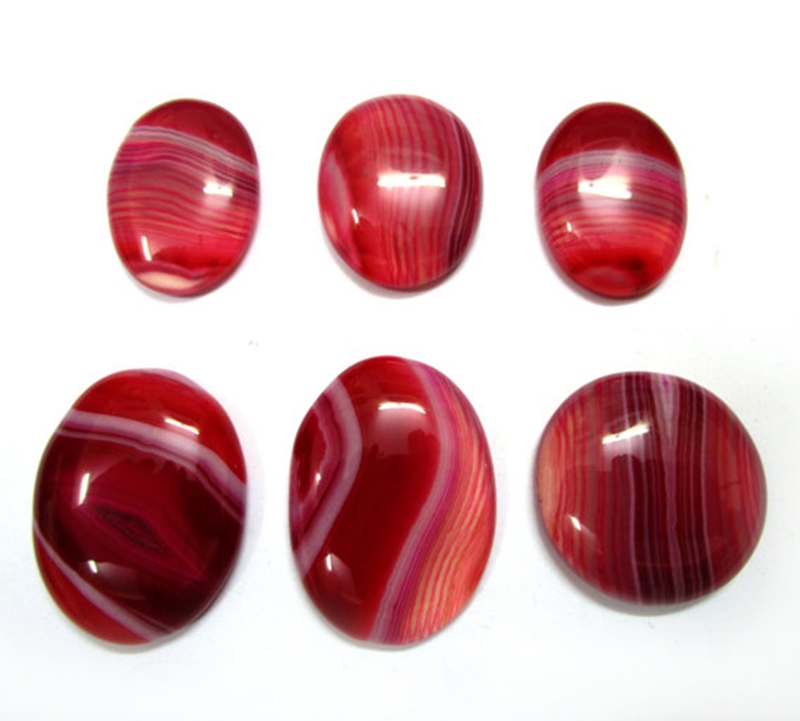|
Job 28
Job 28 is the 28th chapter of the Book of Job in the Hebrew Bible or the Old Testament of the Christian Bible.Holman Illustrated Bible Handbook. Holman Bible Publishers, Nashville, Tennessee. 2012. The book is anonymous; most scholars believe it was written around the 6th century BCE. This chapter records the speech of Job, which belongs to the Dialogue section of the book, comprising Job 3:1– 31:40. Text The original text is written in Hebrew language. This chapter is divided into 28 verses. Textual witnesses Some early manuscripts containing the text of this chapter in Hebrew are of the Masoretic Text, which includes the Aleppo Codex (10th century), and Codex Leningradensis (1008). There is also a translation into Koine Greek known as the Septuagint, made in the last few centuries BC; some extant ancient manuscripts of this version include Codex Vaticanus (B; \mathfrakB; 4th century), Codex Sinaiticus (S; BHK: \mathfrakS; 4th century), and Codex Alexandrinus (A; \math ... [...More Info...] [...Related Items...] OR: [Wikipedia] [Google] [Baidu] |
Book Of Job
The Book of Job (), or simply Job, is a book found in the Ketuvim ("Writings") section of the Hebrew Bible and the first of the Poetic Books in the Old Testament of the Christian Bible. The language of the Book of Job, combining post-Babylonian Hebrew and Aramaic influences, indicates it was composed during the Persian period (540-330 BCE), with the poet using Hebrew in a learned, literary manner. It addresses the problem of evil, providing a theodicy through the experiences of the eponymous protagonist. Job is a wealthy God-fearing man with a comfortable life and a large family. God discusses Job's piety with Satan (). Satan rebukes God, stating that Job would turn away from God if he were to lose everything within his possession. God decides to test that theory by allowing Satan to inflict pain on Job. The rest of the book deals with Job's suffering and him successfully defending himself against his unsympathetic friends, whom God admonishes, and God's sovereignty over na ... [...More Info...] [...Related Items...] OR: [Wikipedia] [Google] [Baidu] |
Codex Alexandrinus
The Codex Alexandrinus (London, British Library, Royal MS 1. D. V-VIII) is a manuscript of the Greek Bible,The Greek Bible in this context refers to the Bible used by Greek-speaking Christians who lived in Egypt and elsewhere during the early history of Christianity. This Bible contained both the Old and New Testaments in Koine Greek. written on parchment. It is designated by the siglum A or 02 in the Gregory-Aland numbering of New Testament manuscripts, and δ 4 in the von Soden numbering of New Testament manuscripts. It contains the majority of the Greek Old Testament and the Greek New Testament. It is one of the four Great uncial codices (these being manuscripts which originally contained the whole of both the Old and New Testaments). Along with Codex Sinaiticus and Vaticanus, it is one of the earliest and most complete manuscripts of the Bible. Using the study of comparative writing styles (palaeography), it has been dated to the fifth century. It derives its name fr ... [...More Info...] [...Related Items...] OR: [Wikipedia] [Google] [Baidu] |
Topaz
Topaz is a silicate mineral made of aluminium, aluminum and fluorine with the chemical formula aluminium, Alsilicon, Sioxygen, O(fluorine, F, hydroxide, OH). It is used as a gemstone in jewelry and other adornments. Common topaz in its natural state is colorless, though trace element impurities can make it pale blue or golden-brown to yellow-orange. Topaz is often treated with heat or radiation to make it a deep blue, reddish-orange, pale green, pink, or purple. Topaz is a nesosilicate mineral, and more specifically, an aluminosilicate mineral. It is one of the hardest naturally occurring minerals and has a relatively low index of refraction. It has the orthorhombic crystal system and a dipyramidial crystal class. It occurs in many places in the world. Some of the most popular places where topaz is sourced are Brazil and Russia. Topaz is often mined in open pit or alluvial settings. Etymology The word "topaz" is usually believed to be derived (via Old French: Topace and Latin: ... [...More Info...] [...Related Items...] OR: [Wikipedia] [Google] [Baidu] |
Silver
Silver is a chemical element; it has Symbol (chemistry), symbol Ag () and atomic number 47. A soft, whitish-gray, lustrous transition metal, it exhibits the highest electrical conductivity, thermal conductivity, and reflectivity of any metal. Silver is found in the Earth's crust in the pure, free elemental form ("native metal, native silver"), as an alloy with gold and other metals, and in minerals such as argentite and chlorargyrite. Most silver is produced as a byproduct of copper, gold, lead, and zinc Refining (metallurgy), refining. Silver has long been valued as a precious metal. Silver metal is used in many bullion coins, sometimes bimetallism, alongside gold: while it is more abundant than gold, it is much less abundant as a native metal. Its purity is typically measured on a per-mille basis; a 94%-pure alloy is described as "0.940 fine". As one of the seven metals of antiquity, silver has had an enduring role in most human cultures. Other than in currency and as an in ... [...More Info...] [...Related Items...] OR: [Wikipedia] [Google] [Baidu] |
Sapphire
Sapphire is a precious gemstone, a variety of the mineral corundum, consisting of aluminium oxide () with trace amounts of elements such as iron, titanium, cobalt, lead, chromium, vanadium, magnesium, boron, and silicon. The name ''sapphire'' is derived from the Latin word ', itself from the Greek language, Greek word (), which referred to lapis lazuli. It is typically blue, but natural "fancy" sapphires also occur in yellow, purple, orange, and green colors; "parti sapphires" show two or more colors. Red corundum stones also occur, but are called ruby, rubies rather than sapphires. Pink-colored corundum may be classified either as ruby or sapphire depending on the locale. Commonly, natural sapphires are cut and polished into gemstones and worn in jewellery, jewelry. They also may be created synthetically in laboratories for industrial or decorative purposes in large boule (crystal), crystal boules. Because of the remarkable hardness of sapphires 9 on the Mohs scale of miner ... [...More Info...] [...Related Items...] OR: [Wikipedia] [Google] [Baidu] |
Ophir
Ophir (; ) is a port or region mentioned in the Bible, famous for its wealth. Its existence is attested to by an inscribed pottery shard found at Tell Qasile (in modern-day Tel Aviv) in 1946, dating to the eighth century BC, which reads "''gold of Ophir to/for Beth-Horon ..30 shekels''". The location of Ophir is unknown, though the find confirms it as a real place which exported gold. Biblical references Ophir in Genesis 10 (the Table of Nations) is said to be the name of one of the sons of Joktan. The Books of Kings and Chronicles tell of a joint expedition to Ophir by King Solomon and the Tyrian king Hiram I from Ezion-Geber, a port on the Red Sea, that brought back large amounts of gold, precious stones and ' algum wood' and of a later failed expedition by king Jehoshaphat of Judah. The famous 'gold of Ophir' is referenced in several other books of the Hebrew Bible. In the Septuagint, other variants of the name are mentioned: ''Ōpheír'', ''Sōphír'', ''Sōpheír ... [...More Info...] [...Related Items...] OR: [Wikipedia] [Google] [Baidu] |
Onyx
Onyx is a typically black-and-white banded variety of agate, a silicate mineral. The bands can also be monochromatic with alternating light and dark bands. ''Sardonyx'' is a variety with red to brown bands alternated with black or white bands. The name "onyx" is also frequently used for level-banded (parallel-banded) agates, but in proper usage it refers to color pattern not band structure. Onyx, as a descriptive term, has also been incorrectly applied to parallel-banded varieties of alabaster, marble, calcite, obsidian, and opal, and misleadingly to materials with contorted banding, such as "cave onyx" and "Mexican onyx". Etymology ''Onyx'' comes through Latin (of the same spelling), from the Ancient Greek (), meaning or . Onyx with pink and white bands can sometimes resemble a fingernail. The English word "nail" is cognate with the Greek word. Varieties Onyx is formed of chalcedony bands in alternating colors. It is cryptocrystalline, consisting of fine intergrowths o ... [...More Info...] [...Related Items...] OR: [Wikipedia] [Google] [Baidu] |
Gold
Gold is a chemical element; it has chemical symbol Au (from Latin ) and atomic number 79. In its pure form, it is a brightness, bright, slightly orange-yellow, dense, soft, malleable, and ductile metal. Chemically, gold is a transition metal, a group 11 element, and one of the noble metals. It is one of the least reactivity (chemistry), reactive chemical elements, being the second-lowest in the reactivity series. It is solid under standard temperature and pressure, standard conditions. Gold often occurs in free elemental (native state (metallurgy), native state), as gold nugget, nuggets or grains, in rock (geology), rocks, vein (geology), veins, and alluvial deposits. It occurs in a solid solution series with the native element silver (as in electrum), naturally alloyed with other metals like copper and palladium, and mineral inclusions such as within pyrite. Less commonly, it occurs in minerals as gold compounds, often with tellurium (gold tellurides). Gold is resistant to ... [...More Info...] [...Related Items...] OR: [Wikipedia] [Google] [Baidu] |
Ethiopia
Ethiopia, officially the Federal Democratic Republic of Ethiopia, is a landlocked country located in the Horn of Africa region of East Africa. It shares borders with Eritrea to the north, Djibouti to the northeast, Somalia to the east, Kenya to the south, South Sudan to the west, and Sudan to the northwest. Ethiopia covers a land area of . , it has around 128 million inhabitants, making it the List of countries and dependencies by population, thirteenth-most populous country in the world, the List of African countries by population, second-most populous in Africa after Nigeria, and the most populous landlocked country on Earth. The national capital and largest city, Addis Ababa, lies several kilometres west of the East African Rift that splits the country into the African Plate, African and Somali Plate, Somali tectonic plates. Early modern human, Anatomically modern humans emerged from modern-day Ethiopia and set out for the Near East and elsewhere in the Middle Paleolithi ... [...More Info...] [...Related Items...] OR: [Wikipedia] [Google] [Baidu] |
English Standard Version
The English Standard Version (ESV) is a translation of the Bible in contemporary English. Published in 2001 by Crossway, the ESV was "created by a team of more than 100 leading evangelical scholars and pastors." The ESV relies on recently published critical editions of the original Hebrew, Aramaic, and Greek texts. Crossway says that the ESV continues a legacy of precision and faithfulness in translating the original text into English. It describes the ESV as a translation that adheres to an "essentially literal" translation philosophy, taking into account "differences in grammar, syntax, and idiom between current literary English and the original languages." It also describes the ESV as a translation that "emphasizes 'word-for-word' accuracy, literary excellence, and depth of meaning." Since its official publication, the ESV has received endorsement from numerous evangelical pastors and theologians, including John Piper and R. C. Sproul. History Pre-publication Duri ... [...More Info...] [...Related Items...] OR: [Wikipedia] [Google] [Baidu] |






